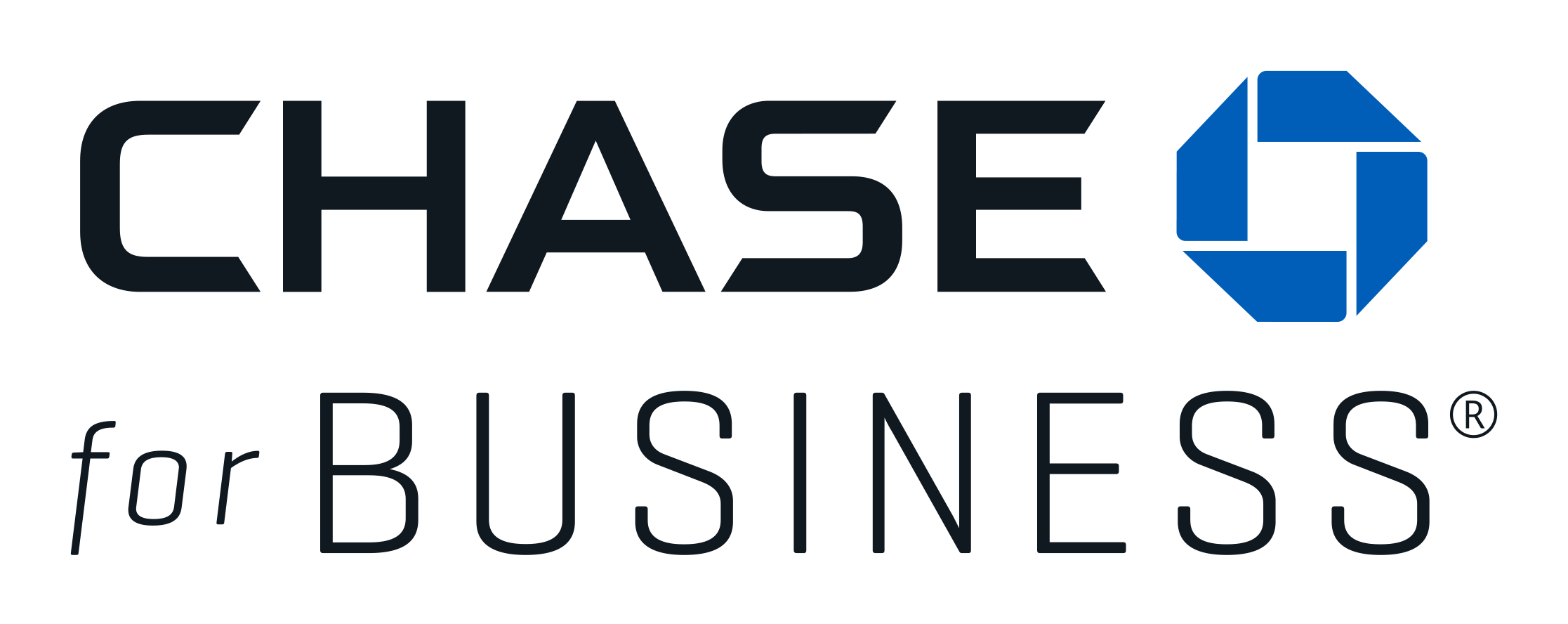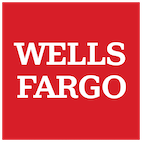Wells Fargo vs. Chase: Which Is Better for Business Checking?
The two banks stack up pretty evenly for business checking, but Wells Fargo has an edge on in-person banking while Chase is better for online or mobile banking.
Many, or all, of the products featured on this page are from our advertising partners who compensate us when you take certain actions on our website or click to take an action on their website. However, this does not influence our evaluations. Our opinions are our own. Here is a list of our partners and here's how we make money.
Wells Fargo and Chase are among the best banks for small business. Both banks boast extensive physical footprints, easy online access and business-friendly features.
So how do you pick between the two?
You look at each of the bank’s features — monthly fees, transaction limits, cash deposit allowance and the like — and evaluate it against your business needs.
We broke down the key features of the entry-level checking option for Wells Fargo and for Chase to help you decide which is best for your business.
Wells Fargo vs. Chase small-business checking at a glance
Wells Fargo Initiate Business Checking | Chase Business Complete Banking℠ | |
|---|---|---|
Monthly fee | $10 Waived if you do one of the following:
| $15 Waived if you do one of the following:
|
Minimum opening deposit requirement | $25 | $0 |
APY | None | None |
Transactions | 100 free transactions per statement cycle; 50 cents for each additional transaction. | Unlimited electronic deposits; 20 free in-person transactions and paper checks per month. |
Cash deposits | Up to $5,000 per month with no fee; after that it’s 30 cents per $100 deposited. | Up to $5,000 per month with no fee; after that $2.50 fee per $1,000 deposited. |
Branch access | More than 5,100 offices nationwide. | Nearly 5,000 branch locations nationwide. |
Standout features |
|
|
Wells Fargo vs. Chase small-business checking: Key features
Monthly fee
Advantage: Wells Fargo
Wells Fargo doesn’t just charge a lower monthly fee than Chase — $10 for Initiate Business Checking vs. $15 for Chase Business Complete Banking — it also makes it easier to avoid the fee altogether.
Wells Fargo waives the fee for Initiate Business Checking customers who keep a daily balance of at least $500, compared with the $2,000 daily balance threshold required for Chase Business Complete customers.
Transaction limits
Advantage: Draw
Business owners who have a more traditional operation — paper checks, in-person deposits — will find more breathing room with Wells Fargo, which allows up to 100 free transactions per statement cycle. Wells Fargo counts all withdrawals, deposits and debits (except debit card purchases) against that limit. There's no distinction between in-person and electronic transactions.
Chase Business Complete Banking, on the other hand, offers just 20 free in-person transactions and/or paper checks per statement period. But the account includes unlimited free electronic transactions (mobile deposits, ACH transfers, ATM transactions, internal transfers and the like). That’s great for small-business owners who take full advantage of online and mobile banking.
Opening an account
Advantage: Draw
Chase and Wells Fargo both make it easy to open a business checking account. Both banks let you open an account in person, over the phone or online. There are a few exceptions, though. With Wells Fargo, for example, you’ll need to visit a branch if your business is a trust, publicly traded company or government agency.
Sign-up bonus
Advantage: Chase
Chase offers a $300 sign-up bonus for new business checking customers. To earn the bonus, you need to meet the following requirements:
Deposit at least $2,000 within the first 30 days, then maintain that balance for 60 days.
Complete five qualifying transactions within 90 days of opening the account. Can be a debit card purchase, Chase QuickAccept deposit, ACH credit, Chase QuickDeposit℠ or wire transfer.
Wells Fargo doesn't currently offer a bonus for new business checking customers.
Online, mobile banking
Advantage: Chase
The Chase Mobile® app goes beyond standard mobile banking. In addition to the expected features — mobile deposit, online bill pay, easy balance transfers — the app has integrated payment processing through Chase QuickAccept. This feature is included with all Chase Business Complete Banking accounts.
With QuickAccept, business owners can manually enter credit card information to process a payment or purchase a contactless card reader to accept tap-to-pay, chip or swipe payments.
Wells Fargo also has a top-rated mobile banking app that includes features such as mobile deposit, bill pay and custom account alerts. It's a great option for business owners who don’t need payment processing as part of their banking app.
ADVERTISEMENT
| Product | Monthly Fee | APY | Learn more |
|---|---|---|---|
 American Express® Business Checking NerdWallet Rating Learn more at American Express National Bank, Member FDIC | $0 | 1.30% With $0 min. balance for APY | Learn more at American Express National Bank, Member FDIC |
 Bluevine Business Checking NerdWallet Rating Learn more at Bluevine, Deposits are FDIC Insured | $0 | 1.50% With $0 min. balance for APY | Learn more at Bluevine, Deposits are FDIC Insured |
 Chase Business Complete Banking® NerdWallet Rating Learn more at Chase, Member FDIC | $15.00 Waived with $2,000 minimum balance | N/A | Learn more at Chase, Member FDIC |
Wells Fargo vs. Chase small-business checking: The bottom line
Wells Fargo and Chase small-business checking stack up pretty evenly against each other. The main distinction — transaction limits — may be the deciding factor for some business owners. If your business banking is primarily online or through the mobile app, Chase has an edge. But if your business requires regular in-person deposits or lots of paper checks, Wells Fargo is likely your best bet.


